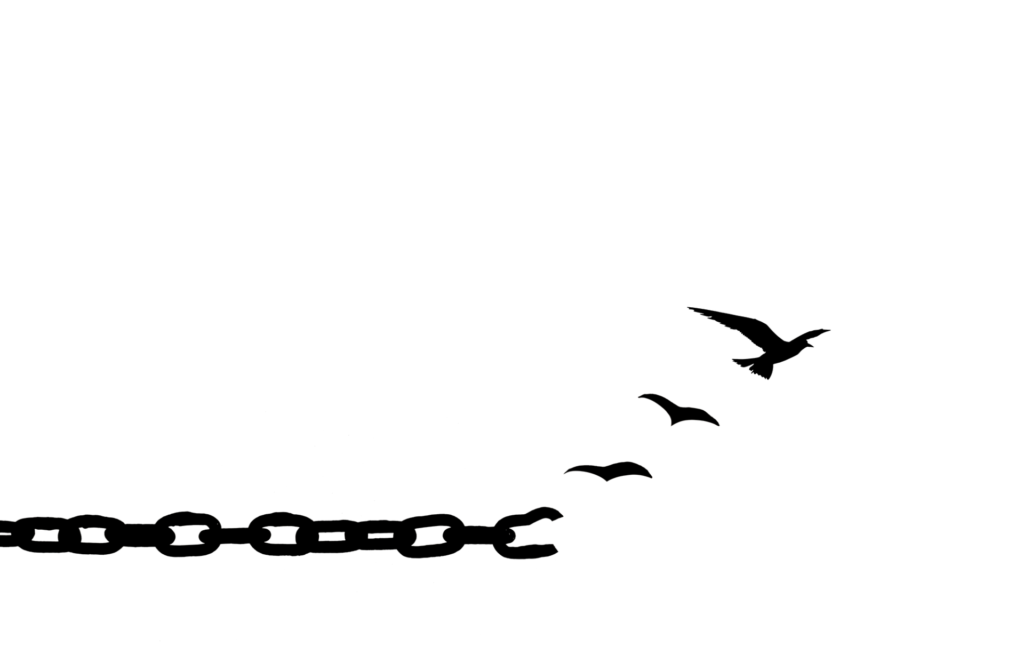As you reflect on the patterns that have shaped your life, you might become clear how your unmet needs from childhood continue to influence your actions into now. You might not realize it consciously, but you are constantly attempting to “write the wrongs” of your early years, unknowingly recreating situations that mirror those old wounds. You find yourself attracted to people who remind you of the past, those who fit into the mold of your memories. It’s as if you’re drawn to repeat the emotional patterns you know so well, hoping that this time things will turn out differently. While you may be subconsciously recreating situations that caused those old wounds, you are stepping into that situation again with an overwhelming self-perception of incompetence. Therefore, this emotional recreation not only steals away the chance to resolve the ineffective ways of the past, but adds to the insecurity, making it harder to be resolved in your self. Reenacting Childhood Patterns You may often feel like you’re trying to “right the wrongs” of your childhood. When your emotional needs go unmet when you are young, you learned to recreate those same situations as an adult, hoping that somehow, you’ll be able to heal from them by participating in them again. You attract people who remind you of the unresolved parts of yourself. It’s not always obvious, but deep down, you know how to manipulate circumstances to fit into those old, familiar patterns. You do this because it feels known, but each time, it still brings frustration after you do not perform competently. You will remain in this loop until you become settled into the solution. God gives you the solution. The devil never will…he wants you stuck in this loop endlessly. Blame and Punishment From a very young age, you might have taken responsibility for things that went wrong around you. Children naturally do this. Perhaps when your parents argued or when things didn’t go as they should, you felt it was your fault. This sense of blame stays with you, growing into a need for punishment. Now, as an adult, you find yourself in situations where you believe, deep inside, that you deserve to be blamed and chastised for existing. You may not even realize it consciously, but the patterns keep repeating because part of you thinks punishment is justified. While you may just be experiencing the normal hardships in life, you may still carry the belief that you are somehow responsible for those hardships. While you are responsible for your choices, for sure, you sacrifice yourself time and time again on the altar of other people’s poor judgement. Seeking Connection and Familiarity You long for connection, and it’s no surprise that you find yourself drawn to situations and people who remind you of the bonds you missed in childhood. You seek that familiar emotional dynamic because it feels comfortable, even if it’s harmful. In your deepest relationships, you may recreate the very dysfunction you experienced as a child, hoping to finally heal that wound. It’s not about logic—it’s about the deep-rooted need for a connection that feels familiar. Even when those connections bring you pain, you return to them because they reflect something inside you that remains unresolved. The Illusion of Control and Safety You might find yourself returning to old patterns because they remind you of a time when you felt safe. In your mind, you associate certain behaviors, even destructive ones, with a sense of security. Think back to when you felt the most protected, perhaps as a small child, or even before you were born. There was a time when all your needs were met, and life seemed simple. You chase that feeling of safety, even in situations that no longer serve you well. The familiarity of the cycle gives you a false sense of control, but the truth is, it doesn’t bring you the peace you long for. Hoping for a Different Outcomes You might cling to the belief that this time, things will work out differently. No matter how many times the pattern repeats, you hold onto hope that this time will be the exception. Each new situation feels like another chance to make things right, but deep down, you might sense that you’re recreating the same dynamics over and over. Still, you keep trying because the desire for resolution is so strong. You hope that with enough effort, things will finally fall into place, but as long as the pattern remains unchanged, the outcome will always be the same. Emotional Legacy and Subconscious Patterns When you think about your relationships, you might recognize how often you’ve been drawn to people who reflect the emotional landscape of your childhood. Whether you realize it or not, you’re seeking your own level, emotionally. You gravitate toward partners who carry complimentary emotional baggage, and together, you play out the unresolved issues of your past. It may be comforting in a strange way to connect with someone who understands your emotional wounds, even if it perpetuates your pain. You choose these dynamics not consciously, but because they feel familiar, and familiarity offers a sense of security, however fleeting. The Belief in Unworthiness At times, you may feel so damaged that you wonder if even God can fix you. There’s a deep part of you that believes you’re beyond repair, that you are somehow too broken to be healed. But that belief is a lie. The power of God can right the wrongs, can resolve those parts of you that are incompetent, and can detach you from dysfunctional emotional patterns of your past, no matter how deep the wounds may go. The key is in being teachable in opening yourself to the possibility of trusting God’s prescription. You might think you’re beyond help, but as long as you remain open to trusting the Holy Spirit, you are never beyond fixing. In Mark 5, Jesus tells a woman, “Daughter, your faith has made you well; go in peace and











